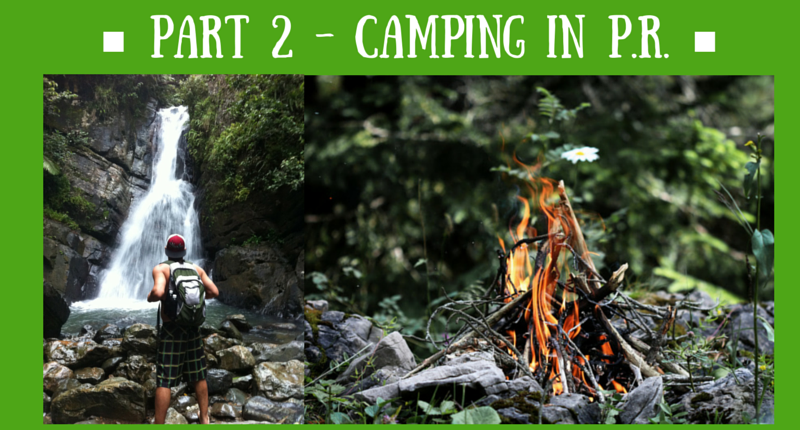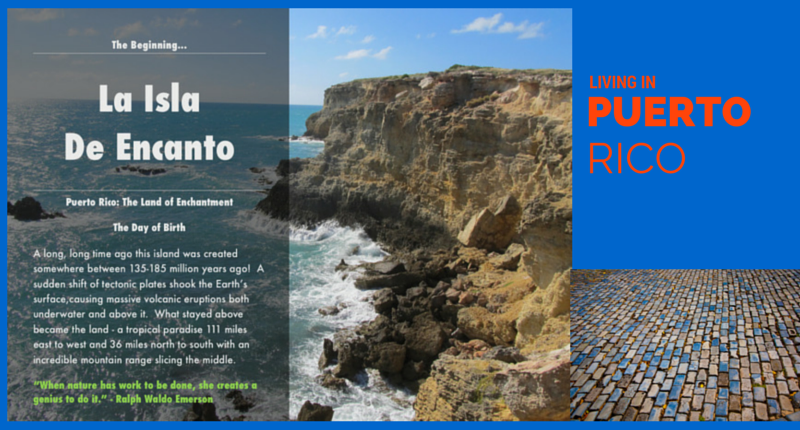Zika Puerto Rico
The most common question lately we’ve been getting is about the zika Puerto Rico “situation” and whether or not it’s safe to travel to the island with your loved ones. We decided to write an article about this topic because much of the “misinformation” and perspectives and false images being portrayed to the world (mostly the United States) that Puerto Rico is almost like a 3rd world country and to be avoided at all costs – and that couldn’t be further from the truth in our estimation. Allow us to elaborate and we hope that you genuinely make the best and safest decision for your travels to our beautiful island.
First and foremost, while it is true that Puerto Rico is all over the news now for a slowing economy and the government defaulting on the billions of dollars they owe Wall Street (which essentially own the mass media corporations in the U.S. – so connect your own dots even if this parenthesis helps nudge you with what we believe is happening) – the fact is that there are many layers to the truth and how you want to perceive it – specifically your #1 concern about zika and traveling to Puerto Rico.
Economic War – Help (Travelers) Needed
We’re hearing from some of our sources that since this media frenzy on zika as well as the “default” issue with Wall Street and its media coverage, that it has impacted and hurt the Puerto Rico economy and it’s people even more – with tourism being down as much as close to 35% year over year. Even 2 Major League Baseball games between the Marlins and Pirates were cancelled by the powers that be which left the country reeling even more in poor publicity. The media information has a real impact on dollars and jobs in this island, so we’d like for you to see it from another point of view and make up your own mind and not give in to fear. Just look at the numbers black and white specifically about the zika concerns in Puerto Rico. If you don’t believe numbers, at least believe Lin-Manuel Miranda from this popular John Oliver clip who is Puerto Rico’s shining light of truth at this moment to the world. In fact, see the whole economic situation perfectly explained in the full segment. Truth in numbers:
Zika Puerto Rico – A Perspective Shift From Fear
The Centers For Disease Control & Prevention (CDC) currently has a yellow Alert-Level 2 to practice enhanced precautions when traveling to Puerto Rico. You should go on their website to find out more, but the basics is stating that there are local Puerto Rico mosquitoes that are transmitting the zika virus and spreading it to people and that its “serious enough” that they advise that pregnant women should not travel to Puerto Rico because the zika can be passed to the fetus and cause abnormalities to the baby. They also state if your male partner has visited Puerto Rico or lives in Puerto Rico that they should abstain from sex or use a condom.
Wow, I even typed that last sentence and it sure does sound scary and make me not want to come to Puerto Rico and I live here! Wait, I’m a male that lives in Puerto Rico with a newborn baby….OMG what should we do? What we do everyday with the people who live here. Use common sense and live our lives freely. Use Off. Burn Citronella candles. Eat Puerto Rican food. Visit awesome places. Meet friends and family. Using Off and Citronella is not even done by the vast majority of the people on the island, but hey, it’s good common sense.
The Facts & Numbers
But let’s dig deeper…where’s the outbreak? Is it a pandemic? What are the numbers? What are the facts and REAL probabilities?
The CDC also states that “many people do not get sick” if you do get bit by a mosquito that happens to have the zika virus. The actual number is 80% of people do not get any symptoms (4 out of 5 people).
Of those 20% of people who do get bit by a specific mosquito that happens to have the zika virus, the symptoms are “mild” and you may not even know that you were even bit.
That leaves less than 10% of those bitten that have something to worry about and will get severe symptoms and feel bad. Now, we’re not downplaying these symptoms because anybody that has had dengue (another mosquito related virus) knows that feeling this bad isn’t fun at all. The symptoms can last as much as a few weeks.
However, the CDC in their stats page do paint an odd picture: As of May 25, 2016, these are the official stats from the CDC page:
- United States Mosquitoes With Zika in the Entire 50 States (Locally Acquired Cases): 0
- Puerto Rico Mosquitoes With Zika (Locally Acquired Cases): 903. (Which means less than one half of 1% of the Puerto Rico population has been brushed with the Zika virus). 3.5 million population and there’s 903 cases which means you must avoid 0.000258% of Puerto Ricans when traveling.
Yet, paradoxically in Travel Related Cases:
- United States Travel-Associated Cases: 591 Cases Reported – led by New York with 127 and Florida with 121!
- Puerto Rico: 3 Cases Reported.
Um, stay away from New York & Florida? Or another way to put it, 40 million combined populations of New York & Florida and there’s 248 current cases which means you must avoid 0.0000062% of New Yorkers & Floridians when traveling to the United States!
The 0.0007122% Movement!
So, will you die if you happen to be that needle in the stack of needles that happened to get bitten by a mosquito (that just happens to have zika) and that you’re in the actual less than 10% that actually feels the symptoms? 1 reported death of a Puerto Rican man in his 70’s who died that had other underlying health complications and that may or may not have died as a result of the zika virus and being bitten by a mosquito. Out of the 1,404 known cases between the United States and Puerto Rico, that makes the % of those infected that die at 0.0007122%. This is NOT an outbreak. This is NOT a pandemic. This is NOT a reason to be afraid. You have way more important things to worry about than traveling to Puerto Rico, according to the numbers and real probabilities.
We’re not advocating not to take this counsel from the CDC as advice (albeit extreme advice). Keep it in mind like you would any other factors of life to be scared of (see death chart odds below for some examples) but we are saying that the odds of this happening to you are completely beyond the charts of reason and there’s absolutely no reason for this to stop you from traveling to the island. Sure is it possible this can happen to you? Yes. However if you do travel to Puerto Rico I’d be more scared of getting hit by a falling coconut (250,000,000/1) or any of the other factors you can find below in our fun death chart. Come and visit us. We’re dying to see you guys! Sorry a little humor, but we do smile at life when things seem “a lo loco.”
3 Most Common Misconceptions Answered
1. Zika is a brand new virus and Puerto Rico is the epicenter. False. Zika has been from what we know around and recognized since 1947 in Uganda. This latest spread of zika has emanated from Brazil and it’s still has relatively low numbers to truly become a national and world worry in comparison to the statistics and numbers and populations we see today.
2. Puerto Rico is a third world country and I will get the zika virus and just have a miserable travel experience. False & True You may have a miserable travel experience, although we highly doubt it because that part is up to you! We can help you of course to make the first sentence a truly false statement. Truly false. Puerto Rico is full of interesting dichotomies as you’ll see!
3. Are there misconceptions being portrayed in the media with big headlines that defy the viewer/reader NOT to dig deeper into the facts before making rash opinions and decisions – especially ones as important as dreamed of and planned vacations to an island called Puerto Rico? You tell us.
“But we can recognize the dangers from affective thinking that cause us to worry about some things more than we need to, and worry about some things less than we should. We can recognize and take more seriously the risks that these risk misperceptions can create. We can realize that a little more careful thinking, and just a touch of skepticism about the latest scary claim, even if that means letting the evidence push back against our own values just a bit, could help keep us safer. It’s one of the lessons the Zika panic is offering us — if we’re smart enough to listen.” – David Ropeik – The Washington Post
DEATH ODDS (Or How To Stop Worrying & Love The Mosquito)
It’s simple. Eat well. Exercise. Have gratitude. If you really want to worry and focus on what matters: The top 3 reasons we die are: 1 – Heart Disease (1 in 6). 2. Cancer (1 in 7), or 3. Stroke (1 in 28). Or you can worry about these kinds of things…

Provided by the National Safety Council
The Solution Is Very Simple
Use common sense. The numbers are way beyond in your favor. Use Off. Also Citronella candles – they absolutely work in fending off mosquitoes. Travel and have fun.


Are You Still Afraid Of Visiting Puerto Rico?

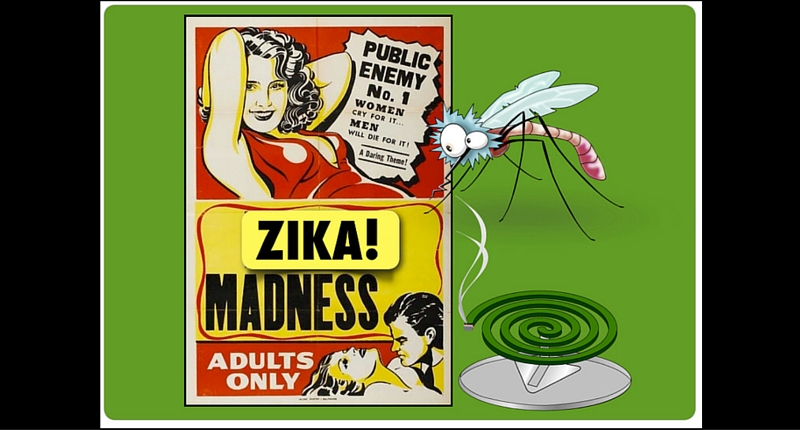



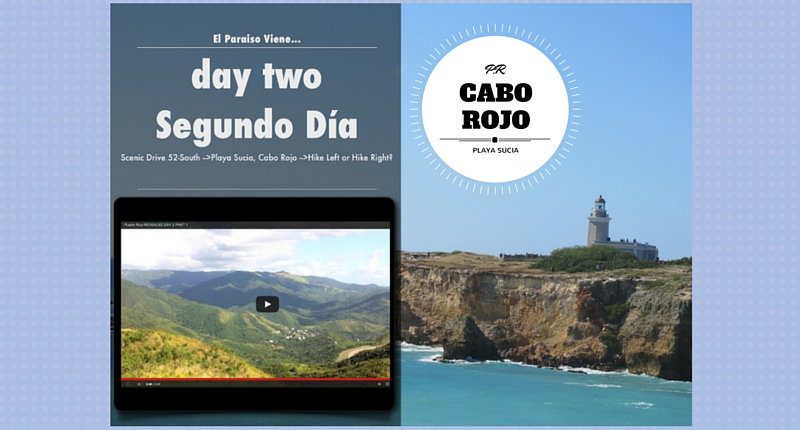


















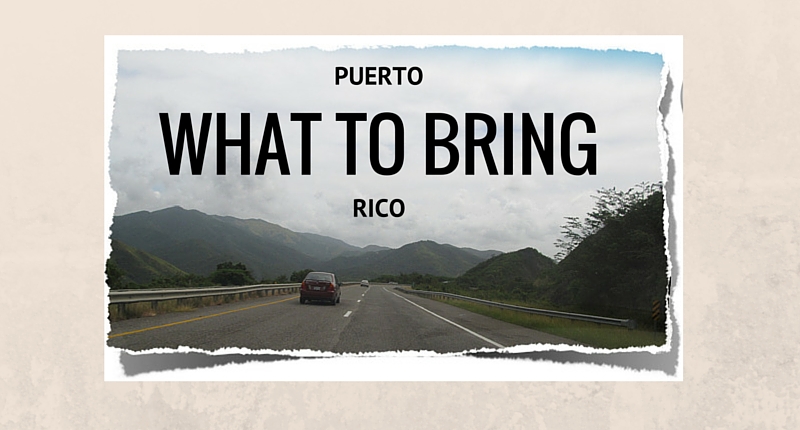
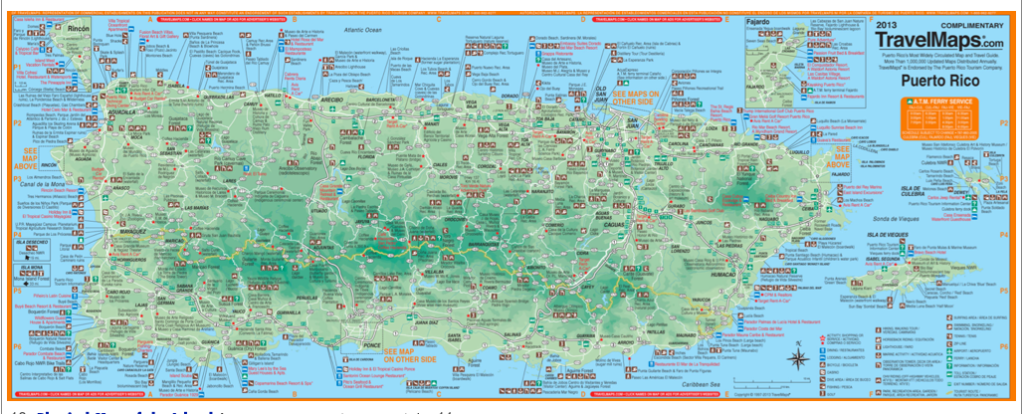



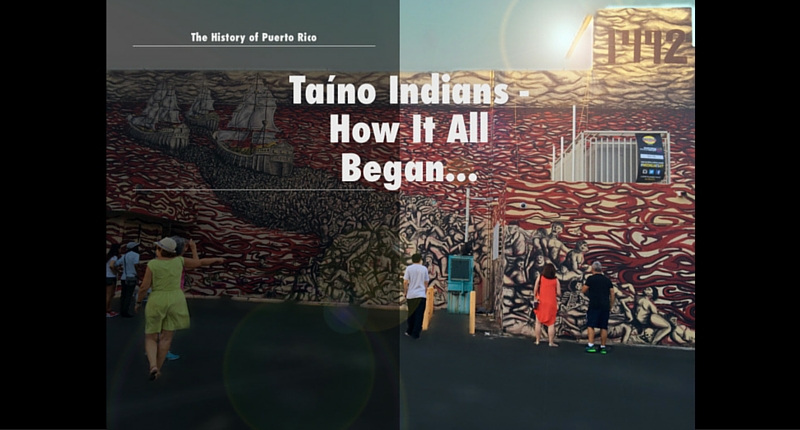

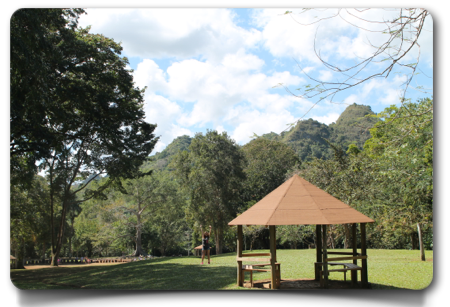













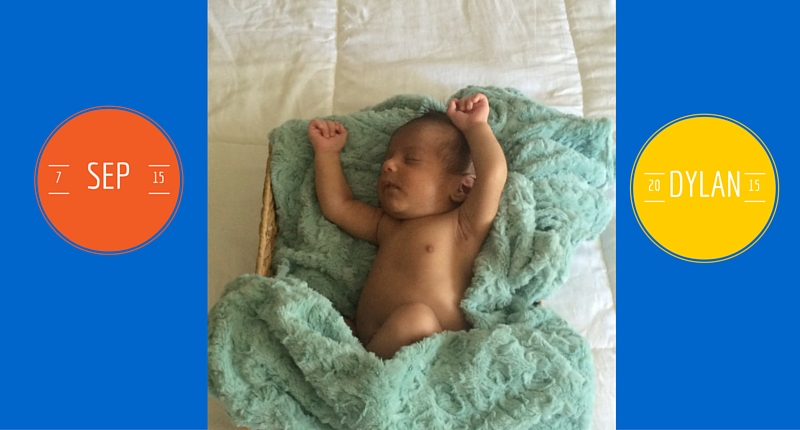
 [/imageframe][/one_third][one_third last=”no” spacing=”yes” center_content=”no” hide_on_mobile=”no” background_color=”” background_image=”” background_repeat=”no-repeat” background_position=”left top” border_size=”0px” border_color=”” border_style=”” padding=”” margin_top=”” margin_bottom=”” animation_type=”” animation_direction=”” animation_speed=”0.1″ class=”” id=””][imageframe lightbox=”no” lightbox_image=”” style_type=”none” bordercolor=”” bordersize=”0px” borderradius=”0″ stylecolor=”” align=”none” link=”” linktarget=”_self” animation_type=”0″ animation_direction=”down” animation_speed=”0.1″ hide_on_mobile=”no” class=”” id=””]
[/imageframe][/one_third][one_third last=”no” spacing=”yes” center_content=”no” hide_on_mobile=”no” background_color=”” background_image=”” background_repeat=”no-repeat” background_position=”left top” border_size=”0px” border_color=”” border_style=”” padding=”” margin_top=”” margin_bottom=”” animation_type=”” animation_direction=”” animation_speed=”0.1″ class=”” id=””][imageframe lightbox=”no” lightbox_image=”” style_type=”none” bordercolor=”” bordersize=”0px” borderradius=”0″ stylecolor=”” align=”none” link=”” linktarget=”_self” animation_type=”0″ animation_direction=”down” animation_speed=”0.1″ hide_on_mobile=”no” class=”” id=””]  [/imageframe][/one_third][one_third last=”yes” spacing=”yes” center_content=”no” hide_on_mobile=”no” background_color=”” background_image=”” background_repeat=”no-repeat” background_position=”left top” border_size=”0px” border_color=”” border_style=”” padding=”” margin_top=”” margin_bottom=”” animation_type=”” animation_direction=”” animation_speed=”0.1″ class=”” id=””][imageframe lightbox=”no” lightbox_image=”” style_type=”none” bordercolor=”” bordersize=”0px” borderradius=”0″ stylecolor=”” align=”none” link=”” linktarget=”_self” animation_type=”0″ animation_direction=”down” animation_speed=”0.1″ hide_on_mobile=”no” class=”” id=””]
[/imageframe][/one_third][one_third last=”yes” spacing=”yes” center_content=”no” hide_on_mobile=”no” background_color=”” background_image=”” background_repeat=”no-repeat” background_position=”left top” border_size=”0px” border_color=”” border_style=”” padding=”” margin_top=”” margin_bottom=”” animation_type=”” animation_direction=”” animation_speed=”0.1″ class=”” id=””][imageframe lightbox=”no” lightbox_image=”” style_type=”none” bordercolor=”” bordersize=”0px” borderradius=”0″ stylecolor=”” align=”none” link=”” linktarget=”_self” animation_type=”0″ animation_direction=”down” animation_speed=”0.1″ hide_on_mobile=”no” class=”” id=””]  [/imageframe][/one_third][/fullwidth][fullwidth background_color=”” background_image=”” background_parallax=”none” enable_mobile=”no” parallax_speed=”0.3″ background_repeat=”no-repeat” background_position=”left top” video_url=”” video_aspect_ratio=”16:9″ video_webm=”” video_mp4=”” video_ogv=”” video_preview_image=”” overlay_color=”” overlay_opacity=”0.5″ video_mute=”yes” video_loop=”yes” fade=”no” border_size=”0px” border_color=”” border_style=”” padding_top=”20″ padding_bottom=”20″ padding_left=”0″ padding_right=”0″ hundred_percent=”no” equal_height_columns=”no” hide_on_mobile=”no” menu_anchor=”” class=”” id=””][one_full last=”yes” spacing=”yes” center_content=”no” hide_on_mobile=”no” background_color=”” background_image=”” background_repeat=”no-repeat” background_position=”left top” border_size=”0px” border_color=”” border_style=”” padding=”” margin_top=”” margin_bottom=”” animation_type=”” animation_direction=”” animation_speed=”0.1″ class=”” id=””][imageframe lightbox=”no” lightbox_image=”” style_type=”glow” bordercolor=”” bordersize=”0px” borderradius=”0″ stylecolor=”” align=”none” link=”” linktarget=”_self” animation_type=”0″ animation_direction=”down” animation_speed=”0.1″ hide_on_mobile=”no” class=”” id=””]
[/imageframe][/one_third][/fullwidth][fullwidth background_color=”” background_image=”” background_parallax=”none” enable_mobile=”no” parallax_speed=”0.3″ background_repeat=”no-repeat” background_position=”left top” video_url=”” video_aspect_ratio=”16:9″ video_webm=”” video_mp4=”” video_ogv=”” video_preview_image=”” overlay_color=”” overlay_opacity=”0.5″ video_mute=”yes” video_loop=”yes” fade=”no” border_size=”0px” border_color=”” border_style=”” padding_top=”20″ padding_bottom=”20″ padding_left=”0″ padding_right=”0″ hundred_percent=”no” equal_height_columns=”no” hide_on_mobile=”no” menu_anchor=”” class=”” id=””][one_full last=”yes” spacing=”yes” center_content=”no” hide_on_mobile=”no” background_color=”” background_image=”” background_repeat=”no-repeat” background_position=”left top” border_size=”0px” border_color=”” border_style=”” padding=”” margin_top=”” margin_bottom=”” animation_type=”” animation_direction=”” animation_speed=”0.1″ class=”” id=””][imageframe lightbox=”no” lightbox_image=”” style_type=”glow” bordercolor=”” bordersize=”0px” borderradius=”0″ stylecolor=”” align=”none” link=”” linktarget=”_self” animation_type=”0″ animation_direction=”down” animation_speed=”0.1″ hide_on_mobile=”no” class=”” id=””]  [/imageframe]
[/imageframe]
 [/imageframe][imageframe lightbox=”no” lightbox_image=”” style_type=”none” bordercolor=”” bordersize=”0px” borderradius=”0″ stylecolor=”” align=”none” link=”” linktarget=”_self” animation_type=”0″ animation_direction=”down” animation_speed=”0.1″ hide_on_mobile=”no” class=”” id=””]
[/imageframe][imageframe lightbox=”no” lightbox_image=”” style_type=”none” bordercolor=”” bordersize=”0px” borderradius=”0″ stylecolor=”” align=”none” link=”” linktarget=”_self” animation_type=”0″ animation_direction=”down” animation_speed=”0.1″ hide_on_mobile=”no” class=”” id=””]  [/imageframe][imageframe lightbox=”no” lightbox_image=”” style_type=”none” bordercolor=”” bordersize=”0px” borderradius=”0″ stylecolor=”” align=”none” link=”” linktarget=”_self” animation_type=”0″ animation_direction=”down” animation_speed=”0.1″ hide_on_mobile=”no” class=”” id=””]
[/imageframe][imageframe lightbox=”no” lightbox_image=”” style_type=”none” bordercolor=”” bordersize=”0px” borderradius=”0″ stylecolor=”” align=”none” link=”” linktarget=”_self” animation_type=”0″ animation_direction=”down” animation_speed=”0.1″ hide_on_mobile=”no” class=”” id=””]  [/imageframe][/one_half][one_half last=”yes” spacing=”yes” center_content=”no” hide_on_mobile=”no” background_color=”” background_image=”” background_repeat=”no-repeat” background_position=”left top” border_size=”0px” border_color=”” border_style=”” padding=”” margin_top=”” margin_bottom=”” animation_type=”” animation_direction=”” animation_speed=”0.1″ class=”” id=””]
[/imageframe][/one_half][one_half last=”yes” spacing=”yes” center_content=”no” hide_on_mobile=”no” background_color=”” background_image=”” background_repeat=”no-repeat” background_position=”left top” border_size=”0px” border_color=”” border_style=”” padding=”” margin_top=”” margin_bottom=”” animation_type=”” animation_direction=”” animation_speed=”0.1″ class=”” id=””] [/imageframe][/one_half][one_half last=”yes” spacing=”yes” center_content=”no” hide_on_mobile=”no” background_color=”” background_image=”” background_repeat=”no-repeat” background_position=”left top” border_size=”0px” border_color=”” border_style=”” padding=”” margin_top=”” margin_bottom=”” animation_type=”” animation_direction=”” animation_speed=”0.1″ class=”” id=””][imageframe lightbox=”no” lightbox_image=”” style_type=”none” bordercolor=”” bordersize=”0px” borderradius=”0″ stylecolor=”” align=”none” link=”” linktarget=”_self” animation_type=”0″ animation_direction=”down” animation_speed=”0.1″ hide_on_mobile=”no” class=”” id=””]
[/imageframe][/one_half][one_half last=”yes” spacing=”yes” center_content=”no” hide_on_mobile=”no” background_color=”” background_image=”” background_repeat=”no-repeat” background_position=”left top” border_size=”0px” border_color=”” border_style=”” padding=”” margin_top=”” margin_bottom=”” animation_type=”” animation_direction=”” animation_speed=”0.1″ class=”” id=””][imageframe lightbox=”no” lightbox_image=”” style_type=”none” bordercolor=”” bordersize=”0px” borderradius=”0″ stylecolor=”” align=”none” link=”” linktarget=”_self” animation_type=”0″ animation_direction=”down” animation_speed=”0.1″ hide_on_mobile=”no” class=”” id=””]  [/imageframe][/one_half]
[/imageframe][/one_half]
 [/imageframe][/one_fourth][one_fourth last=”no” spacing=”yes” center_content=”no” hide_on_mobile=”no” background_color=”” background_image=”” background_repeat=”no-repeat” background_position=”left top” border_size=”0px” border_color=”” border_style=”” padding=”” margin_top=”” margin_bottom=”” animation_type=”” animation_direction=”” animation_speed=”0.1″ class=”” id=””][imageframe lightbox=”no” lightbox_image=”” style_type=”none” bordercolor=”” bordersize=”0px” borderradius=”0″ stylecolor=”” align=”none” link=”” linktarget=”_self” animation_type=”0″ animation_direction=”down” animation_speed=”0.1″ hide_on_mobile=”no” class=”” id=””]
[/imageframe][/one_fourth][one_fourth last=”no” spacing=”yes” center_content=”no” hide_on_mobile=”no” background_color=”” background_image=”” background_repeat=”no-repeat” background_position=”left top” border_size=”0px” border_color=”” border_style=”” padding=”” margin_top=”” margin_bottom=”” animation_type=”” animation_direction=”” animation_speed=”0.1″ class=”” id=””][imageframe lightbox=”no” lightbox_image=”” style_type=”none” bordercolor=”” bordersize=”0px” borderradius=”0″ stylecolor=”” align=”none” link=”” linktarget=”_self” animation_type=”0″ animation_direction=”down” animation_speed=”0.1″ hide_on_mobile=”no” class=”” id=””]  [/imageframe][/one_fourth][one_fourth last=”no” spacing=”yes” center_content=”no” hide_on_mobile=”no” background_color=”” background_image=”” background_repeat=”no-repeat” background_position=”left top” border_size=”0px” border_color=”” border_style=”” padding=”” margin_top=”” margin_bottom=”” animation_type=”” animation_direction=”” animation_speed=”0.1″ class=”” id=””][imageframe lightbox=”no” lightbox_image=”” style_type=”none” bordercolor=”” bordersize=”0px” borderradius=”0″ stylecolor=”” align=”none” link=”” linktarget=”_self” animation_type=”0″ animation_direction=”down” animation_speed=”0.1″ hide_on_mobile=”no” class=”” id=””]
[/imageframe][/one_fourth][one_fourth last=”no” spacing=”yes” center_content=”no” hide_on_mobile=”no” background_color=”” background_image=”” background_repeat=”no-repeat” background_position=”left top” border_size=”0px” border_color=”” border_style=”” padding=”” margin_top=”” margin_bottom=”” animation_type=”” animation_direction=”” animation_speed=”0.1″ class=”” id=””][imageframe lightbox=”no” lightbox_image=”” style_type=”none” bordercolor=”” bordersize=”0px” borderradius=”0″ stylecolor=”” align=”none” link=”” linktarget=”_self” animation_type=”0″ animation_direction=”down” animation_speed=”0.1″ hide_on_mobile=”no” class=”” id=””]  [/imageframe][/one_fourth][one_fourth last=”yes” spacing=”yes” center_content=”no” hide_on_mobile=”no” background_color=”” background_image=”” background_repeat=”no-repeat” background_position=”left top” border_size=”0px” border_color=”” border_style=”” padding=”” margin_top=”” margin_bottom=”” animation_type=”” animation_direction=”” animation_speed=”0.1″ class=”” id=””][imageframe lightbox=”no” lightbox_image=”” style_type=”none” bordercolor=”” bordersize=”0px” borderradius=”0″ stylecolor=”” align=”none” link=”” linktarget=”_self” animation_type=”0″ animation_direction=”down” animation_speed=”0.1″ hide_on_mobile=”no” class=”” id=””]
[/imageframe][/one_fourth][one_fourth last=”yes” spacing=”yes” center_content=”no” hide_on_mobile=”no” background_color=”” background_image=”” background_repeat=”no-repeat” background_position=”left top” border_size=”0px” border_color=”” border_style=”” padding=”” margin_top=”” margin_bottom=”” animation_type=”” animation_direction=”” animation_speed=”0.1″ class=”” id=””][imageframe lightbox=”no” lightbox_image=”” style_type=”none” bordercolor=”” bordersize=”0px” borderradius=”0″ stylecolor=”” align=”none” link=”” linktarget=”_self” animation_type=”0″ animation_direction=”down” animation_speed=”0.1″ hide_on_mobile=”no” class=”” id=””]  [/imageframe][/one_fourth]
[/imageframe][/one_fourth]
